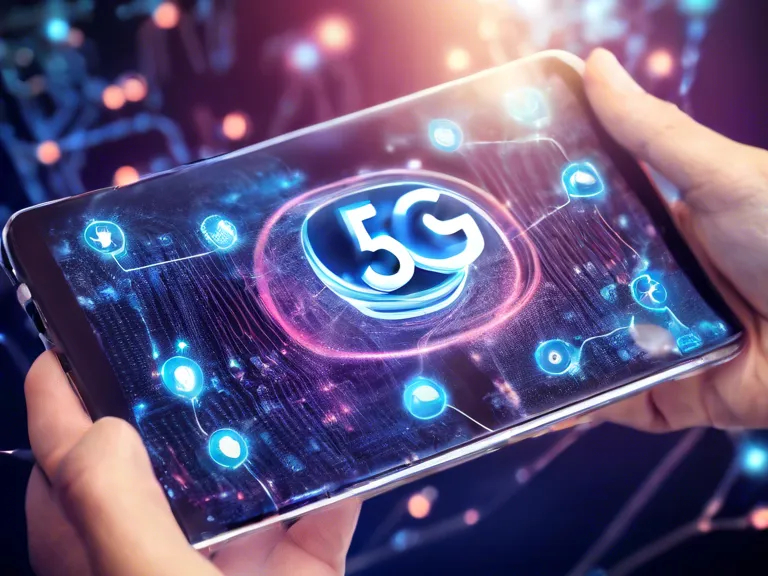
With the rapid development and deployment of 5G technology, the world of connectivity is experiencing a major transformation. It offers faster speeds, lower latency, and increased capacity, revolutionizing the way we communicate and interact with our devices. Let's explore some of the key advances in 5G technology and how it is changing the way we connect.
One of the most significant advancements in 5G technology is its blazing-fast speed. With download speeds up to 10 gigabits per second, 5G is poised to be up to 100 times faster than its predecessor, 4G. This means smoother streaming, quicker downloads, and seamless online gaming experiences. Additionally, the lower latency of 5G technology allows for real-time communication and interactions, making tasks such as remote surgery, autonomous vehicles, and augmented reality applications more efficient and reliable.
Another notable feature of 5G technology is its increased capacity. With more devices connected to the network, 5G can handle a significantly higher number of connections compared to 4G. This is crucial as the Internet of Things (IoT) continues to grow, with a projected 75 billion connected devices by 2025. 5G's enhanced capacity ensures that all these devices can communicate effectively without compromising speed or performance.
Furthermore, 5G technology is designed to be more energy-efficient than previous generations. By optimizing network resources and reducing energy consumption, 5G networks are more sustainable and environmentally friendly. This is an important factor as the demand for data continues to increase, and the need for efficient connectivity solutions becomes paramount.
In conclusion, the advances in 5G technology are revolutionizing connectivity in ways we never thought possible. With its faster speeds, lower latency, increased capacity, and energy efficiency, 5G is reshaping the digital landscape and opening up a world of possibilities for innovation and progress.


